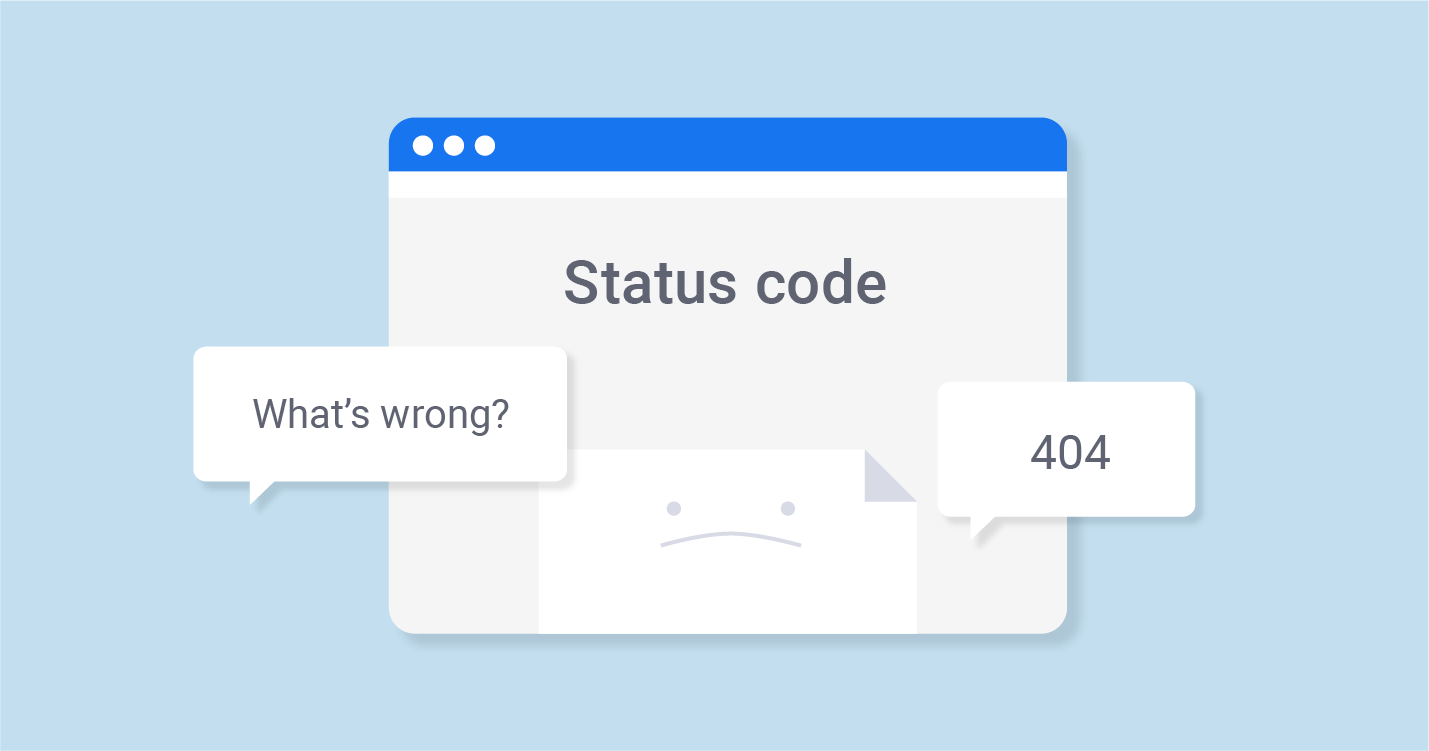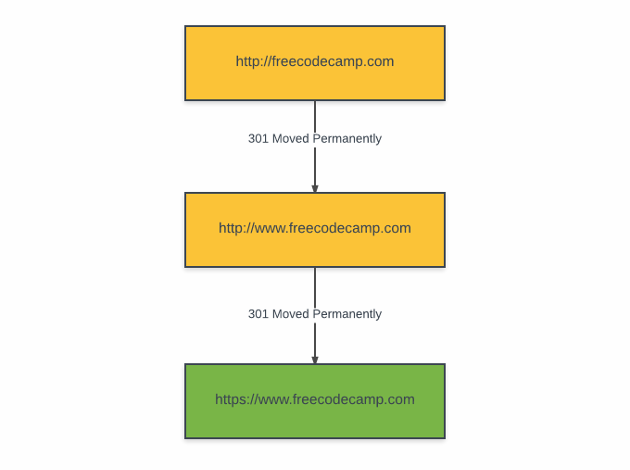

Https Status Codes Code Should Be
The server should describe the current status of the request in the response body. If the resource cannot be created immediately, an SC_ACCEPTED status code should be returned instead.The request has been accepted for processing but has not yet completed. The response body should include the URL(s) where the new resource can be found, with the most specific URL set in the Location header. This is the default status code.A resource has been created on the server, presumably in response to a client request. This might include switching to a newer HTTP version.The client's request was successful and the server's response contains the requested data. The version number in the last column refers to the HTTP protocol version that first defined the status code.The server has received the initial part of the request, and the client can continue with the remainder of its request.The server is willing to comply with the client's request to switch protocols to the one specified in the request's Upgrade header.
The response body should explain the client's options in a format appropriate for the response content type. For example, the URL may refer to a document translated into many languages. This is a useful code for a servlet to use when it accepts data from a form and wants the form redisplayed in a fresh state.The server has completed a partial GET request and returned the portion of the document specified in the client's Range header.The requested URL refers to more than one resource. This is a useful code for a servlet to use when it accepts data from a form but wants the browser view to stay at the form, as it avoids the "Document contains no data" error message.The request succeeded and the browser should reset (reload) the current document view. Browsers receiving this code should retain their current document view. Normal servlets have no reason to use this status code.The request succeeded but there was no new response body to return.

Used with the Proxy-Authenticate header. The methods that are supported must be listed in the response's Allow header.The requested resource exists, but not in a format acceptable to the client (as indicated by the Accept header(s) in the request).The proxy server needs authorization before it can proceed. The server can explain the reason for its unwillingness in the response body.The requested resource was not found or is not available.The method used by the client is not supported by this URL. Used in conjunction with the Proposals exist to use this code in conjunction with a Charge-To header, but this has not been standardized as of press time.The request was understood, but the server is not willing to fulfill it. They implement getLastModified() instead.The requested resource must be accessed via the proxy given in the Location header.The server could not understand the request, probably due to a syntax error.The request lacked proper authorization.
If this limitation is temporary, the server can include a Retry-After header.The server will not process the request because the request URI is longer than the server is willing to interpret. Headers in the request evaluated to false.The server will not process the request because the request content is too large. Normal servlets have no reason to use this status code.The server will not accept the request without a Content-Length header.A precondition specified by one or more If. This code should be used only when the resource has been permanently removed. The server can send a description of the conflict in the response body.The resource is no longer available at this server, and no alternate address is known. This code is most likely to occur with HTTP PUT requests, where the file being put is under revision control and the new version conflicts with some previous changes.
Normal servlets should not need to use this status code. The response body should specify the protocols supported by the server. If the server knows when it will be available again, a Retry-After header may also be supplied.A server acting as a gateway or proxy did not receive a valid response from an upstream server during the time it was prepared to wait.The server does not support the version of the HTTP protocol used in the request. Normal servlets have no reason to use this status code.The server will not process the request because the request body is in a format unsupported by the requested resource.An unexpected error occurred inside the server that prevented it from fulfilling the request.The server does not support the functionality needed to fulfill the request.A server acting as a gateway or proxy did not receive a valid response from an upstream server.The service (server) is temporarily unavailable but should be restored in the future.


 0 kommentar(er)
0 kommentar(er)
